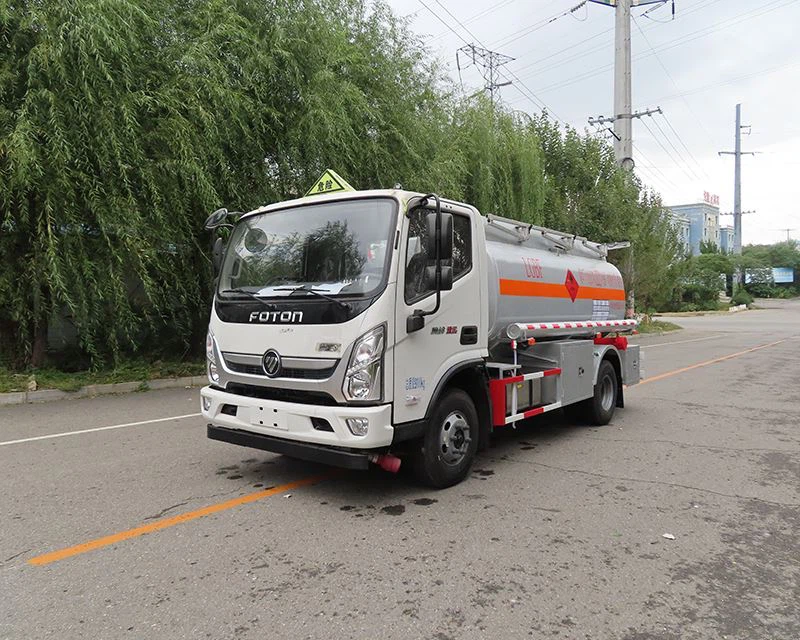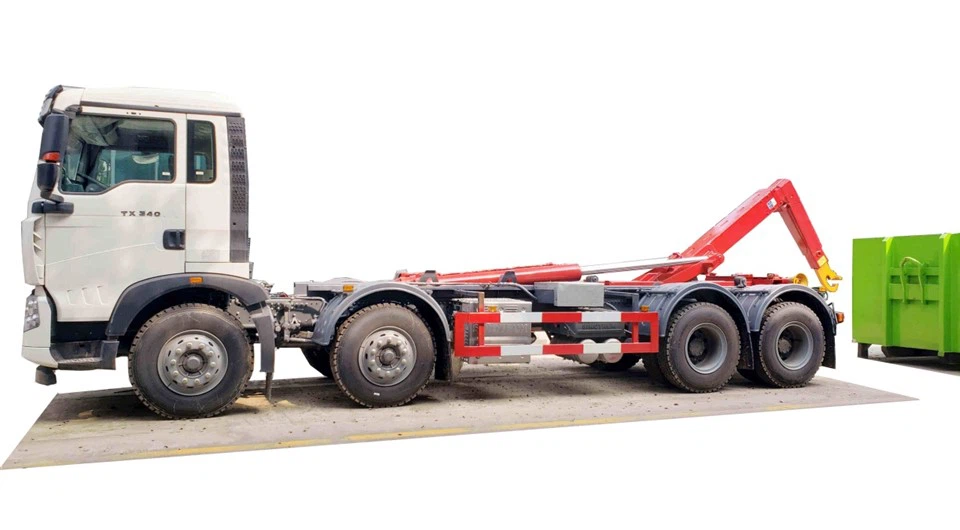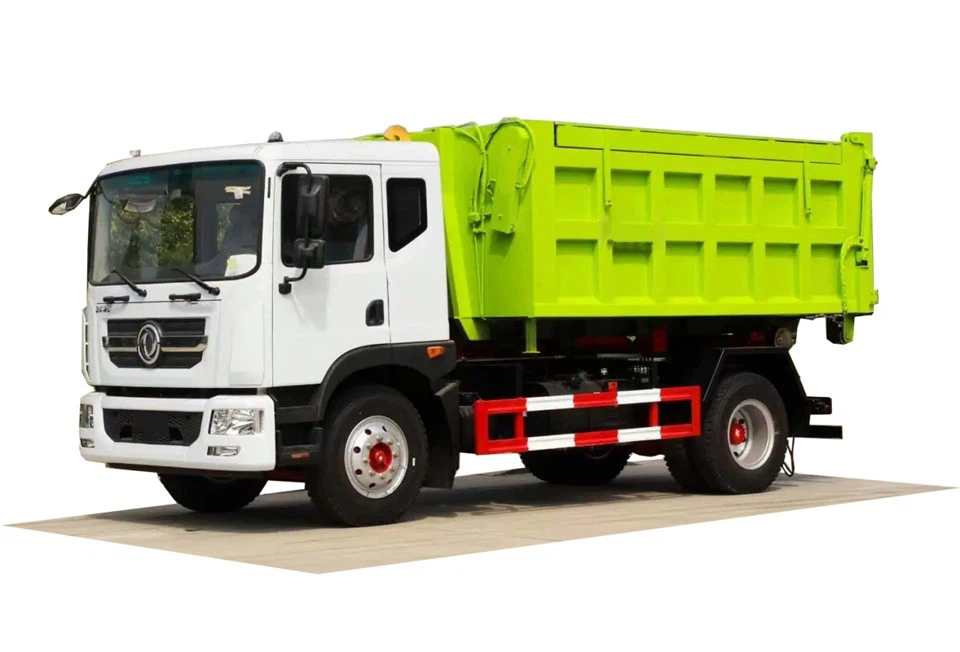Understanding the Concept of Trash Bed: A Comprehensive Guide

Introduction to Trash Beds
In today’s world, where sustainability and environmental consciousness are becoming increasingly significant, the term trash bed has gained prominence. However, what exactly is a trash bed? It refers to the various methods and systems used to collect, store, and manage waste, often in a way that allows for a more eco-friendly approach. In this article, we will delve into the ins and outs of trash beds, exploring their importance, types, benefits, and practical tips for implementation.
The Importance of Managing Trash Beds
Proper management of trash beds is essential for various reasons:
- Environmental Protection: Improper waste management can lead to pollution of land, air, and water sources. Trash beds help mitigate this issue.
- Public Health: A well-managed trash bed can significantly reduce health risks associated with waste, such as infestations and the spread of diseases.
- Recycling Opportunities: Trash beds can facilitate waste sorting, which promotes recycling and reduces landfill overflow.
Types of Trash Beds
1. Residential Trash Beds
Residential trash beds are designed for households and typically include bins or containers that residents use to dispose of their waste. These bins often come with clear guidelines about what can and cannot be disposed of in them, aiding in effective waste management.
2. Commercial Trash Beds
Commercial establishments, such as restaurants or retail stores, utilize larger trash beds for waste collection. These systems often require more complex management strategies due to the larger volume of waste produced.
3. Industrial Trash Beds
In industrial settings, trash beds may consist of compactors and specialized containers designed to handle specific types of waste efficiently, like hazardous materials or large scrap metals.
Components of an Effective Trash Bed System
1. Collection Bins
Collection bins are the first line of defense in any trash bed system. They should be clearly labeled and made available in accessible locations to encourage proper waste disposal.

2. Segregation
Segregation involves sorting waste into categories such as recyclables, organic waste, and landfill trash. Implementing a segregation system is crucial for enhancing recycling efforts and maximizing landfill space.
3. Transportation
Transporting waste from collection points to disposal sites requires appropriate vehicles equipped to handle various types of waste safely. Regular transportation schedules help prevent overflow and maintain cleanliness.

4. Treatment and Disposal
Once waste reaches treatment facilities, it is sorted again, processed, and disposed of in ways that minimize environmental impact. This may include recycling, composting, or incineration.
Benefits of Trash Beds
1. Environmental Sustainability
Trash beds promote better waste management practices that contribute to environmental sustainability by reducing waste sent to landfills and promoting recycling initiatives.
2. Cost Savings
Effective trash bed management can lead to cost savings for businesses and municipalities by reducing the expenses associated with waste disposal and landfill fees.
3. Enhanced Community Awareness
Community education plays a significant role in promoting waste management efforts. Trash beds can serve as educational tools to raise awareness about responsible waste disposal and recycling.
Best Practices for Maintaining Trash Beds
1. Regular Inspection and Maintenance
Conduct regular inspections of trash beds to ensure they are functioning efficiently. Maintenance includes checking for damages, cleanliness, and ensuring proper segregation practices are being followed.
2. Community Involvement
Encouraging community participation through clean-up events or educational workshops creates a sense of ownership and responsibility when it comes to managing trash beds.
3. Recycling Programs
Implementing localized recycling programs promotes better waste segregation and helps in reducing the amount of waste disposal required by landfills.
4. Use of Technology
Digital platforms and smart bins equipped with sensors can help monitor waste levels, allowing for timely collection and reducing the risk of overflow.
Examples of Effective Trash Bed Systems
1. Urban Trash Bed Systems
Cities like San Francisco have implemented zero-waste initiatives where trash beds include comprehensive recycling and composting systems. This approach allows residents to separate their waste effectively and greatly reduces landfill usage.
2. Corporate Responsibility Programs
Many corporations, such as Coca-Cola, have developed waste management programs that include trash beds aimed at recycling the bottles they produce. This contributes to environmental sustainability and helps in reducing plastic waste.
3. Eco-Friendly Trash Bed Innovations
Startups like Recipro have been developing smart bins that provide real-time data on waste levels, allowing for optimized collection schedules and promoting efficiency.
Common Challenges in Trash Bed Management
1. Contamination of Recyclables
One of the most significant challenges is contamination in recycling streams. Ensuring that people are educated on what can and cannot be recycled is essential in reducing this problem.
2. Enforcement of Waste Management Policies
Many regions struggle with enforcing waste management policies. Clear guidelines, signage, and community awareness can mitigate these enforcement challenges.
3. Funding and Resources
Developing and maintaining comprehensive trash bed systems can be capital intensive. Seeking grants, public-private partnerships, and community support can help mitigate this issue.
Future Trends in Trash Bed Management
1. Increased Automation
As technology advances, we can expect to see more automated systems for waste collection and management. These systems will improve efficiency and lower human error risks.
2. Smart Waste Management Technologies
Emerging smart technologies, including IoT devices, will help track waste generation and optimize collection schedules to improve operational efficiency.
3. Circular Economy Initiatives
More businesses are leaning towards circular economy principles, where the focus is on reusing resources. This will lead to the development of innovative trash bed systems that promote sustainability.
FAQs About Trash Beds
1. What is a trash bed?
A trash bed refers to systems designed for collecting, storing, and managing waste effectively while promoting recycling and sustainability.
2. How can I create a trash bed system at home?
To create a trash bed system at home, begin by designating specific bins for different types of waste, such as recyclables, compost, and general trash. Educate your household about proper disposal methods and set regular collection times.
3. What are the benefits of using trash beds?
Trash beds help enhance environmental sustainability, reduce waste disposal costs, and raise community awareness about responsible waste management practices.
4. How can I get my community involved in waste management?

Involve your community through clean-up events, workshops about recycling, and providing incentives for proper disposal practices. Establishing clear communication can significantly enhance participation.
5. What technologies are available for trash bed monitoring?
Some advanced trash bed systems utilize IoT devices and smart bins that can provide real-time data on waste levels, helping optimize collection schedules.
6. Are there any challenges associated with trash bed systems?
Yes, common challenges include contamination of recycling streams, enforcement of waste management policies, and securing funding for the implementation and maintenance of trash bed systems.
